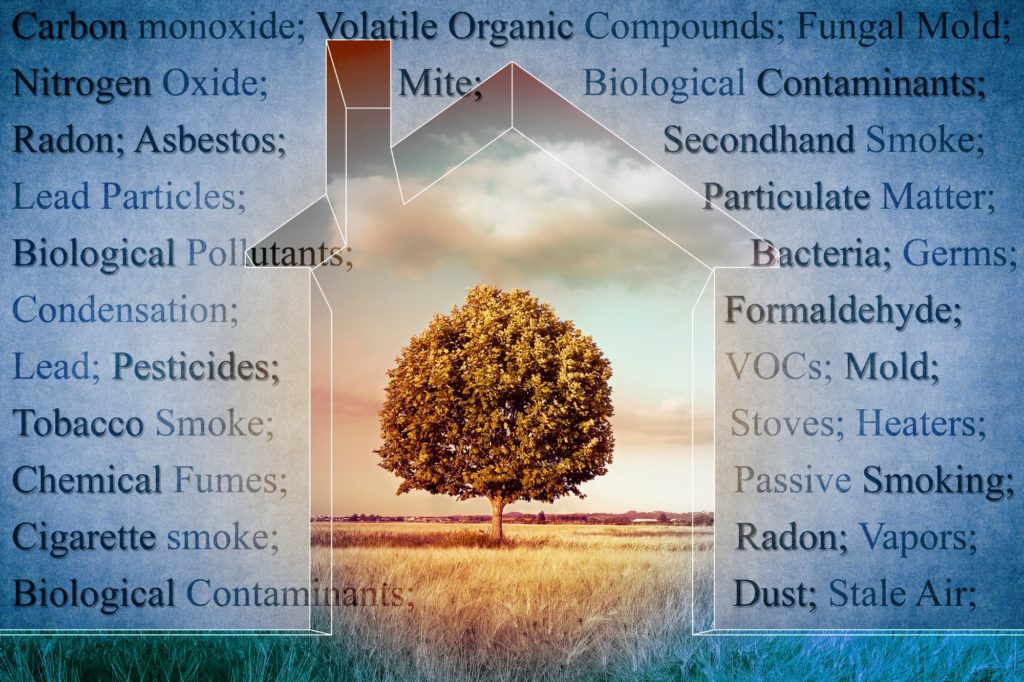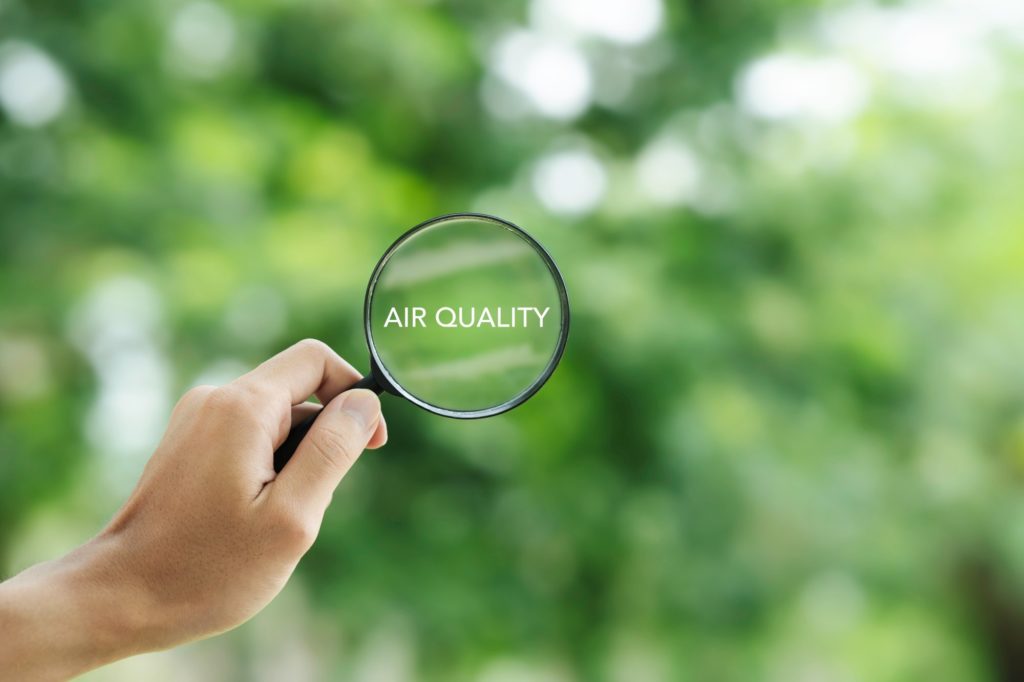
The COVID-19 pandemic underscored the critical need to reduce the transmission of respiratory diseases, emphasizing the importance of improving indoor air quality. Airborne diseases such as measles, chickenpox, tuberculosis, and influenza pose serious health risks, making it vital to understand the mechanisms of their transmission. To effectively address these threats, it is essential to emphasize the importance of monitoring and improving indoor air quality.
The pandemic also brought to light a broader issue that extends beyond COVID-19: the significant impact of indoor pollutants on health, productivity, and overall performance. People typically spend 80-90% of their time indoors and hence a large proportion of exposure to air pollution happens within buildings. Despite this, many buildings still fail to provide healthy indoor air quality.
Just as the safety of drinking water and food is universally recognized as a public health priority, so too must the quality of indoor air. This issue deserves a prominent place on the global health agenda.
Scientific evidence and practical solutions for measuring and improving air quality already exist. See 2023 Conference on Indoor Air Quality.
Now, it is our collective responsibility to advocate for their widespread adoption and implementation.
Demonstrate the importance of developing concrete public health strategies to combat airborne diseases and improve indoor air quality.
The project aims to secure the adoption of a World Health Assembly (WHA) Resolution to prioritize indoor air quality as a global public health issue, guiding evidence-based strategies and actions.


Detailed scientific review on indoor air quality and its connections to public health.
Increased Indoor Air Awareness with availability of enduring materials that can be further used as part of advocacy efforts (policy brief, on-demand sessions, stakeholder interviews, literature review and other key resources).
Develop and obtain the adoption of a Policy Brief with actionable recommendations to improve indoor air quality standards, thereby contributing to global health guidelines.
Prepare a World Health Organization (WHO) Resolution in favor of improving indoor air quality. Resolutions are a key tool for WHO Member States to guide the organization’s actions, shape the direction of global health, address emerging or persistent health challenges, set targets, and request the development of technical guidance.







To learn more about how you can partner with us, please reach out to:
irene.kostenas@genevahealthforum.com – +41 (0)43 500 40 21